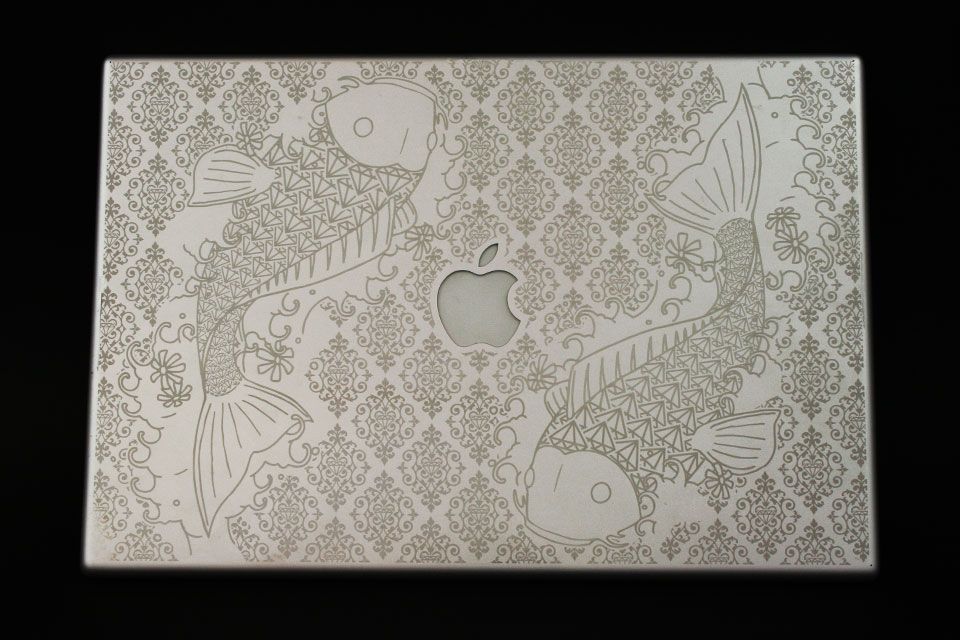 by daveesl77 » Sat Apr 25, 2015 6:49 am
by daveesl77 » Sat Apr 25, 2015 6:49 am
Yes, bookmatching is where you slice the wood and when you fold it open the two pieces have mirror images of each other. The cut slices remain together, but open like a page in a book.
In the case of my cedar strips, I would take a 2x6x10' rough cut, dry cedar board and run it through my bandsaw. I use a 3 tpi (tooth per inch), 1/2" wide blade, coat with beeswax. With cedar I wanted a wide open spacing between teeth as the wood is very soft and creates lots of sawdust. The open gap allows the blade to expel the dust easier. Never go cheap on a bandsaw blade, as a good one will last a very long time and make a ton of cuts. But you don't have to mortgage the house to get a good one either. As an example, I used one blade to make over 1,500 linear feet of cuts in the cedar, plus I can't count how much more in other woods, I paid about $50 for it. Before you ever make a cut, always "tune" the saw. Lots of vids on how to do this, it is easy.
I found for this build I liked cuts that were 3/16" inch thick the best, but I test cut stuff down to 1/32". Bandsaws by their nature do not cut perpendicular to the table, but have what is called "bandsaw drift". Look this up on youtube, as it is difficult to describe but easy to correct for. Most bandsaws have a small table, so you make a much bigger one, I make mine out of 3/4" mdf, it is 18" wide and 24" long. I built a fully adjustable fence and a DIY bearing roller pressure plate. My bandsaw top also aligns with my DIY router/scroll saw table (2'x4') and my tablesaw top. This allows me to lay long pieces of lumber down on both the infeed and outfeed sides.
And by the way, there are "butterfly cuts". I had them on a couple of sailboats I had. They are kind of like a double dove tail and used as a mating joint and look beautiful.
dave













